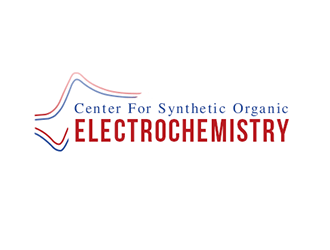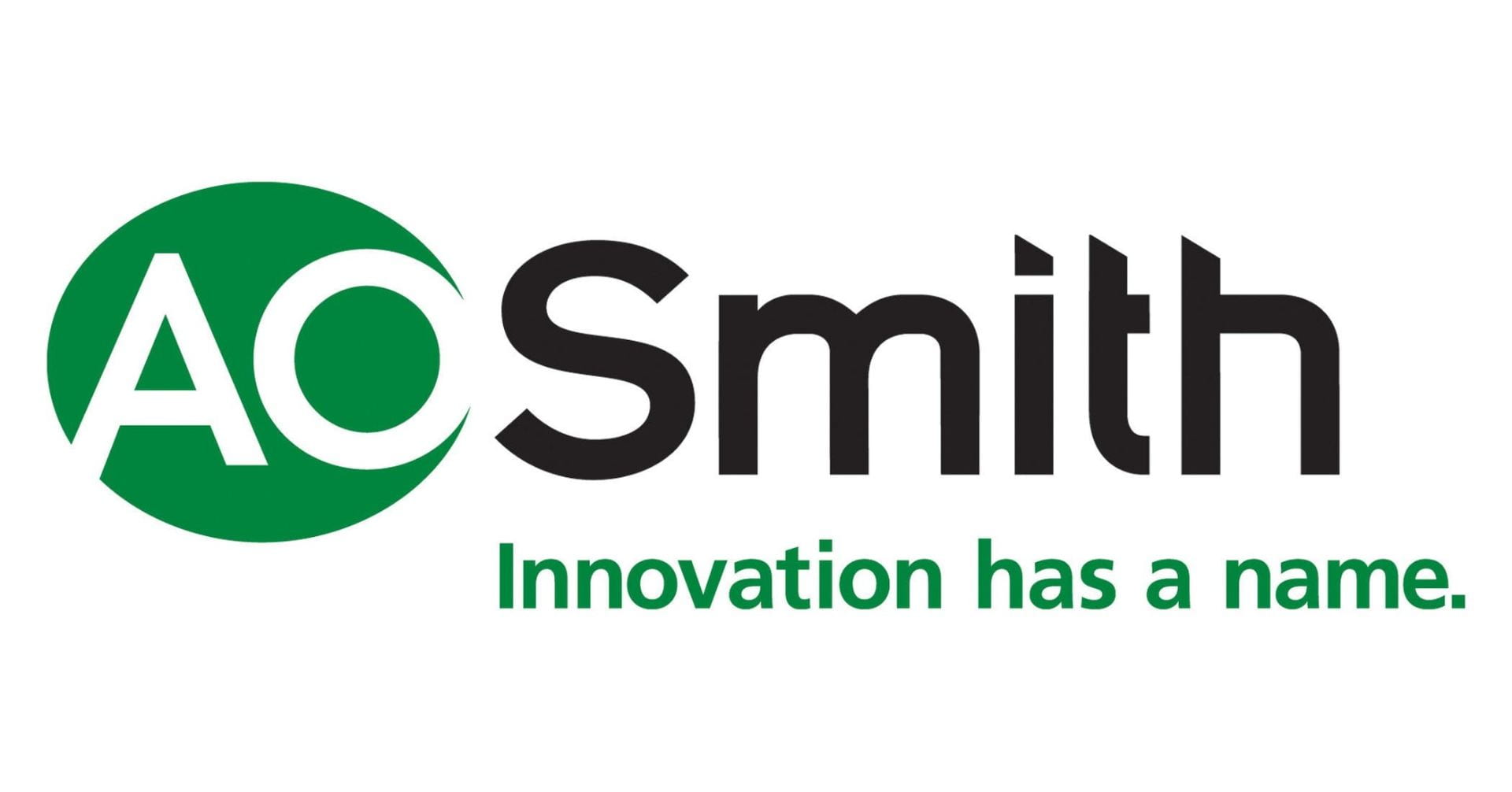Exploring New Interdisciplinary Frontiers in Electrochemistry
The research goal of my laboratory is to address the grand challenges of our times in environment, energy, and health by designing, discovering, and synthesizing new functional materials and molecules and developing novel analytical methods, tools, and devices. Our “tetrahedron” approach to achieving this goal: electrochemistry is our core strength, from which we branch out to the four vertices of materials, sensing, catalysis, and organic synthesis, and further delve into the new research faces formed by connecting these vertices. This interdisciplinary approach values both in-depth fundamental understanding and real-world problem-solving. Currently, we are working on the following topics.
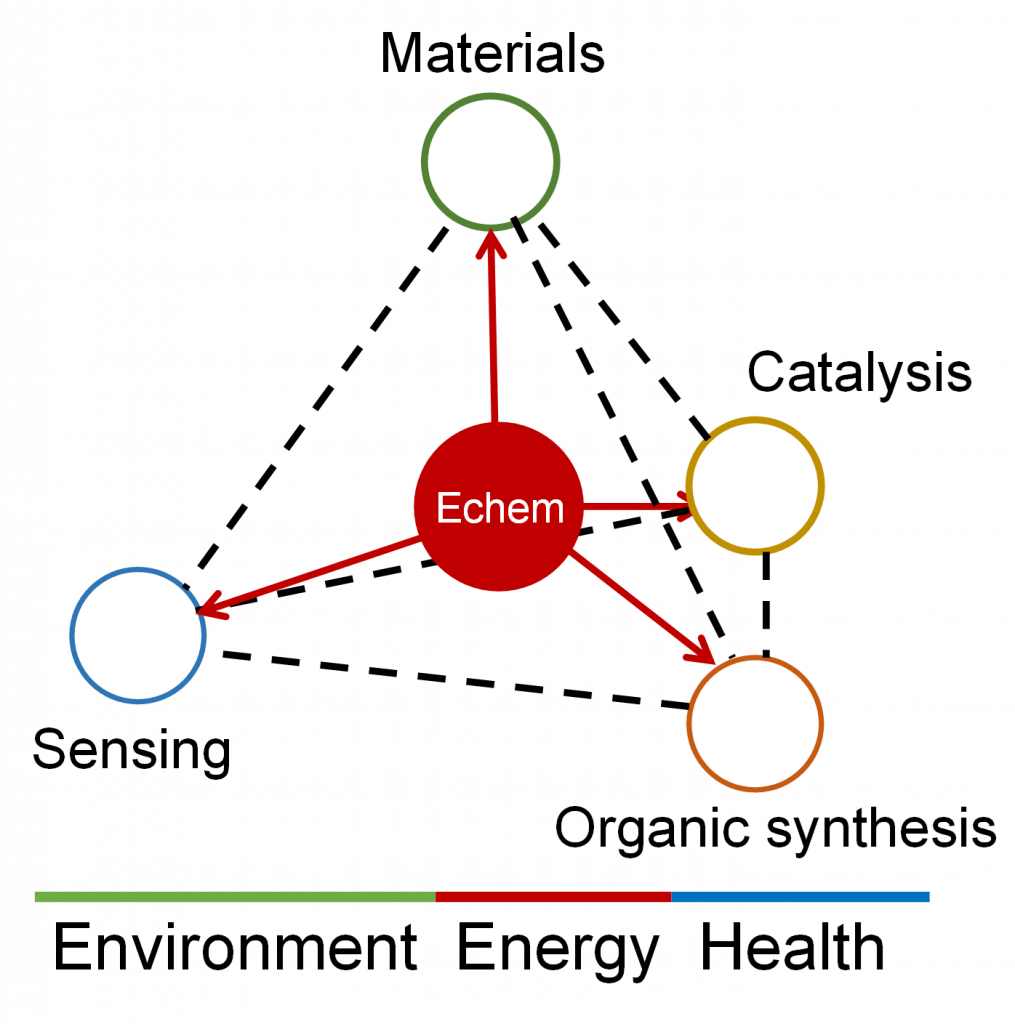
1. Measurement Science and Engineering
a. Gas Sensing (Fund us!)
The global gas detection market is poised to expand from US$3.4 billion in 2015 to US$5.6 billion by 2024. The growth in demand is driven by more stringent safety regulations in monitoring and controlling industrial and residential environments, as well as demands for more portable gas detectors. Our lab is developing new strategies to guide the rational design of gas-sensing materials.
Representative Publications: Nano Res., 2023, 16, 1149; Adv. Funct. Mater. 2022, 32, 2204169; Nat. Commun. 2021, 12, 4895; ACS Sens. 2021, 6, 12, 4389; J. Am. Chem. Soc. 2020, 142, 12207.
b. Surfactant Electroanalysis (National Science Foundation and US Army ERDC)
Synthetic surfactants accounted for ~20% of the global market size of specialty chemicals, with a market value of ~$30 billion in 2016, expected to reach $66 billion by 2025. Besides the importance of synthetic surfactants in technical systems, naturally occurring surfactants are also essential to the functioning of biological systems. Our lab is developing a new generation of electroanalytical methods for surfactant analysis based on gas bubble-surfactant interactions.
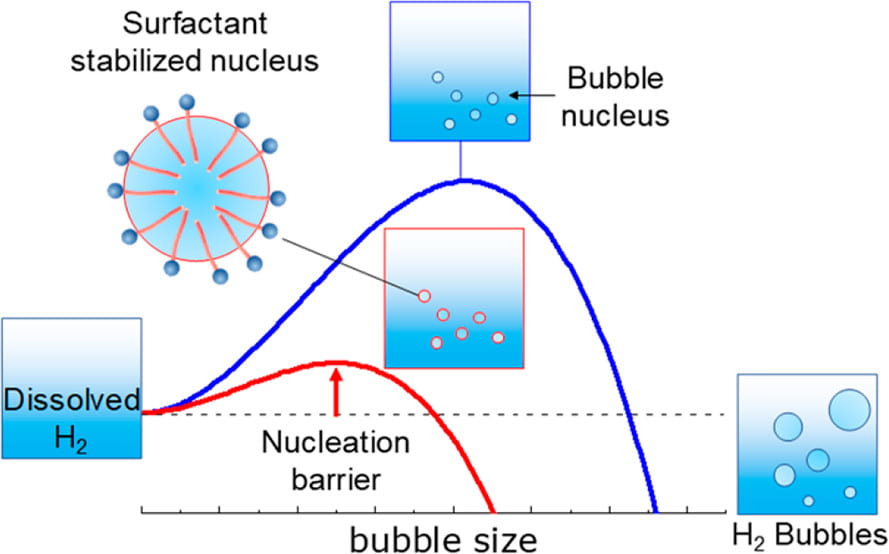
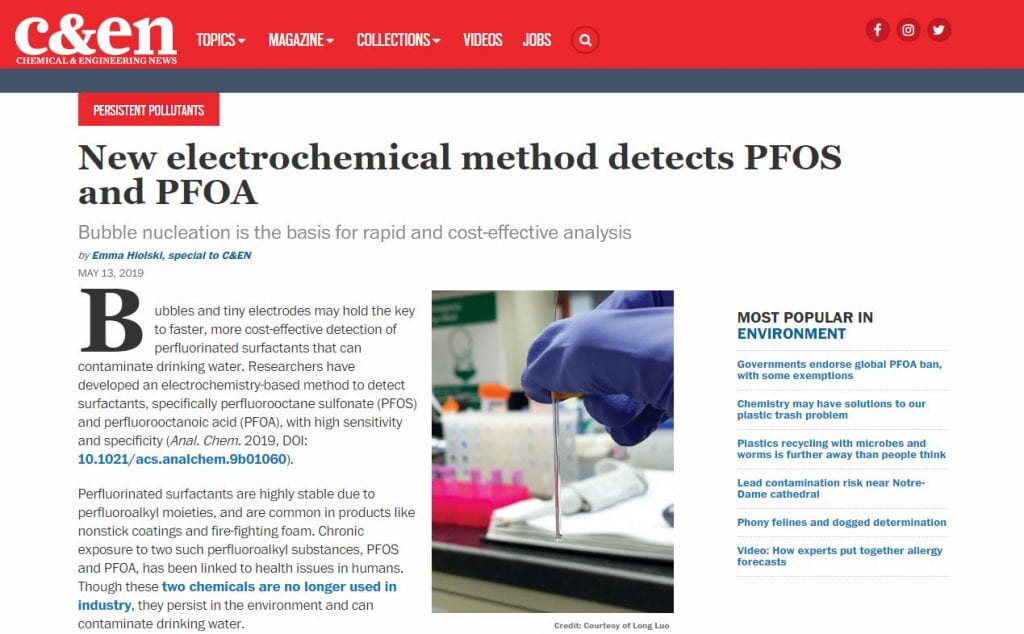
Representative Publications: Anal. Bioanal. Chem. 2022, DOI:10.1007/s00216-022-04175-4; Analyst. 2020, 145 (24), 7782; Anal. Chem. 2019, 91 (22), 14352; Anal. Chem. 2019, 91 (12), 7744; ChemElectroChem. 2020, 7 (1), 55; Chem.Commun. 2019, 55 (10), 1378; J. Phys. Chem. C. 2018, 122 (27), 15421; Langmuir. 2018, 34 (15), 4554.
2. Organic synthesis
a. Alternating current electrosynthesis (National Insitute of Health)
With growing environmental and sustainability concerns, there is an increasing demand for integrating green chemistry and engineering into the pharmaceutical industry. Electrochemical organic synthesis represents a green and advantageous alternative to traditional synthetic methods because it directly uses electrons from a power source to complete the redox transformations, which can cut down on the usage of chemicals, reduce waste, and offer improvements in cost, safety, and sustainability. Our lab studies the mostly unexplored alternating current electrolysis for organic synthesis.
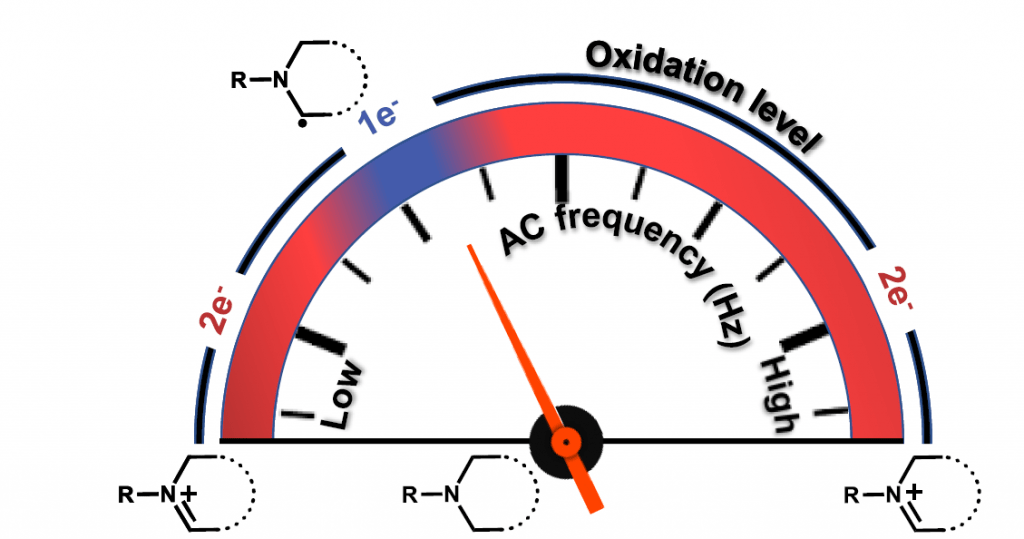
Representative Publications: Org. Lett. 2020, 22, 6719; Curr. Opin. Electrochem. 2021, 100712; J. Am. Chem. Soc. 2022, 144, 9874; Faraday Discuss., 2023, 247, 45 – 58.; J. Am. Chem. Soc. 2023, 145, 40, 21851–21859.
b. Heterogeneous photo/catalysis (National Science Foundation and Merck)
Heterogeneous photo/catalysts are much less utilized in the synthesis of pharmaceuticals relative to their molecular counterparts. Our lab studies the unique reactivities that heterogeneous photo/catalysts such as quantum dot gels offer.
Representative Publications: Chem. Comm. 2022, 58, 11260; ACS Catal. 2021, 11, 11542; ACS Catal. 2020, 10 (11), 5990; Acc. Chem. Res. 2023, 56, 9, 1087–1096.
3. Functional materials
Grain-boundary-rich materials (Department of Energy)
Controlling deformations in catalysts and supports can create metastable structures and uniquely tailor their functionality. Deformations offer a way to manipulate electronic properties and reaction pathways to improve performance via control of synthesis routes. Our lab studies the formation and activity of grain boundaries.
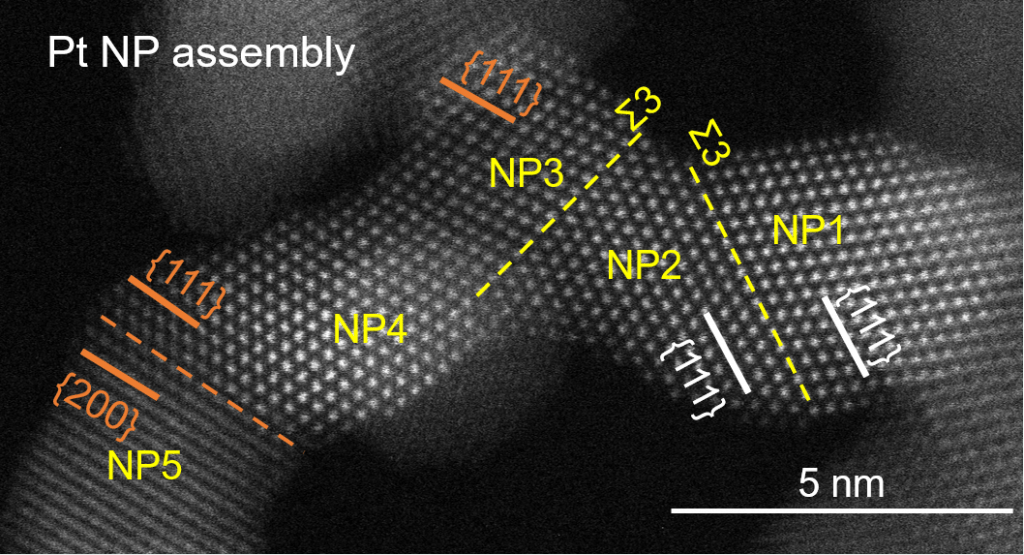

Representative Publications: Adv. Funct. Mater. 2022, 32, 2204169; Nano Res., 2023, 16, 1149.
Supported by 



